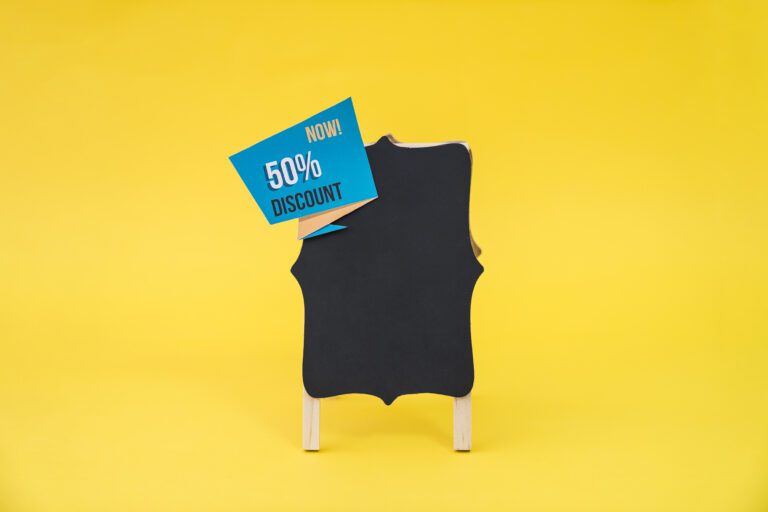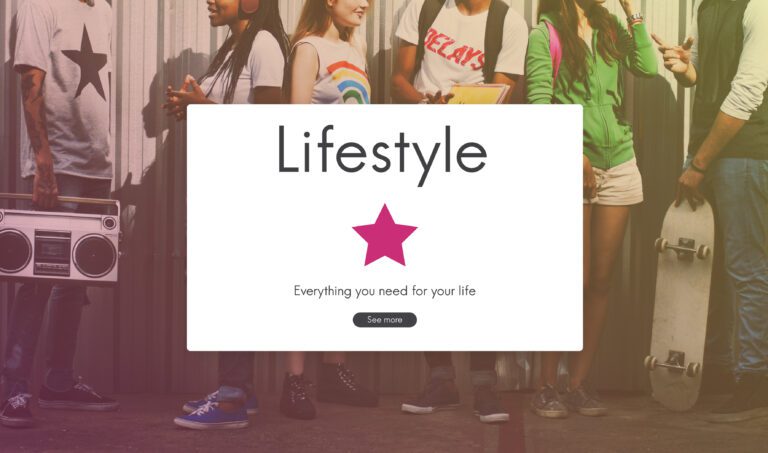Drag-and-Drop Popup Builder vs. Custom Development: Which Should You Choose?

I hope you enjoy this blog post. If you want Hello Bar to grow your leads, click here.
Author:
Mansi
Published
September 1, 2025

Table of Contents
Popups can make or break an ecommerce store. They can bring in new subscribers, recover carts, or show timely offers. But if you’re running a store, the big question isn’t whether you should use popups—it’s how to build them. Do you go with a drag-and-drop popup builder, or do you pay for custom development?
Both options work. Both have trade-offs. The choice comes down to what matters more to you: speed and flexibility, or full control and deeper integration. Let’s break this down without the fluff.
What a Drag-and-Drop Popup Builder Actually Is
A drag-and-drop popup builder is exactly what it sounds like. You log in to a tool, pick a template, drag blocks around, add text, drop in an image, maybe set a trigger like “exit intent” or “after 10 seconds,” and hit publish. No coding. No waiting on a developer.
Think of it like Canva, but for popups. Anyone on your team can use it.
Common features you’ll see:
- Pre-built templates for discounts, cart recovery, newsletter signups.
- Visual editor that lets you change fonts, colors, and images.
- Targeting rules, like showing only to new visitors or only on specific pages.
- Integrations with Shopify, WooCommerce, Klaviyo, or Mailchimp.
For a business trying to move fast, a drag-and-drop popup builder feels like a shortcut that gets the job done.
What Custom Development Means for Popups
Custom development is the opposite end of the spectrum. Instead of using a drag-and-drop popup builder, you have a developer (in-house or hired) code the popup directly into your site. It might use your own design system, pull live data from your backend, or connect with your analytics pipeline in a way no generic tool can.
Examples:
- A personalized popup that shows product recommendations pulled from your inventory.
- A referral program popup tied directly to your customer accounts.
- A popup that matches your exact brand style because your designer built it pixel by pixel.
Custom development gives you precision. But it also takes time and money.
1. Cost: Where the Trade-Off Shows First
Here’s the honest breakdown:
- Drag-and-drop popup builder: Most tools charge a monthly fee. Entry-level plans start at $20–$50/month. Enterprise plans go into hundreds. The real cost isn’t the money—it’s whether the features fit your needs or if you’ll hit limits and need to upgrade.
- Custom development: You’ll pay a developer $500–$2000 just to get started, depending on complexity. If you want advanced targeting logic, testing variations, or connecting to multiple APIs, that cost climbs quickly. On the flip side, you own the code. No monthly fee.
If you’re just starting to increase ecommerce sales, a drag-and-drop popup builder is the cheaper and safer way to test. You can always move to custom when you’ve proven what works.
2. Speed of Launch
This one’s easy.
- With a drag-and-drop popup builder, you can launch a popup in under an hour.
- With custom development, you’re looking at days or even weeks.
Speed matters when you’re chasing seasonal sales or trying out a new campaign idea. A prebuilt tool lets you experiment quickly. Custom builds slow you down but give you a unique experience.
3. Flexibility and Control
This is the section where most businesses get stuck.
Drag-and-drop popup builder limitations:
- You’re locked into whatever the tool offers. If the builder doesn’t support a specific animation, trigger, or integration, you can’t just invent it.
- Design customization is often “close enough,” but never perfect.
- Advanced use cases (like dynamic product pricing or loyalty program tie-ins) may not be possible.
Custom development strengths:
- You control every pixel. Every condition. Every trigger.
- No external branding or “powered by” tags.
- Integrates deeply with your store data.
So it depends: Do you want quick flexibility inside a box, or do you want total freedom with more effort?
4. Maintenance and Long-Term Thinking

Here’s what most people forget: building the popup is only step one. You also have to maintain it.
- With a drag-and-drop popup builder, updates come from the provider. If Google Chrome changes how popups are handled, the tool fixes it. If you want to A/B test, the feature is usually built-in. You don’t carry the technical debt.
- With custom development, maintenance is on you. Every browser update, every ecommerce platform change—you’ll need a developer to tweak the code. If your developer leaves, you may be stuck with code no one else understands.
A drag-and-drop popup builder removes that burden. But again, you’re tied to their roadmap.
5. Data and Analytics
Popups aren’t just about design—they’re about numbers.
- Drag-and-drop popup builder tools often come with dashboards. You see impressions, conversions, split-test results. It’s plug-and-play. But sometimes the data is shallow. You may not get the depth of tracking you want.
- Custom development lets you track exactly what you want. You can tie conversions directly to sales in your CRM. But setting that up requires effort and technical know-how.
For most ecommerce stores under $5M in sales, the built-in reporting of a drag-and-drop popup builder is more than enough.
6. Security and Compliance
Another hidden angle: compliance.
If you’re in Europe, GDPR matters. If you’re in California, CCPA applies. A drag-and-drop popup builder will usually have cookie consent features ready to go. With custom development, you have to build those in yourself.
For small teams, this can make the decision simple.
Real Example: A Store with Limited Resources
Take a Shopify store doing $30k/month. They want to increase email signups by 20%.
If they go with a drag-and-drop popup builder, they can test a discount offer popup tonight. They’ll know within a week if it moves the needle. Cost: $29/month.
If they go custom, they’ll wait two weeks, spend at least $1000, and still not know if the popup idea even works.
That’s why for small to mid-sized stores, the drag-and-drop popup builder wins most of the time.
Also read our guide on Multi-Step Popups: Breaking the Form Fatigue Barrier
Real Example: A Store That Needs Deep Integration
Now imagine a larger store with a loyalty program, dynamic pricing, and regional offers. They need a popup that shows:
- The user’s current loyalty points.
- A personalized offer based on what’s in their cart.
- Local delivery cut-off times.
No drag-and-drop popup builder can handle that level of dynamic data. This is where custom development is the only option. It’s slower, but it ties directly into the business model.
When to Start with a Drag-and-Drop Popup Builder
- You’re just starting with ecommerce popups.
- You want to run experiments without long delays.
- Your budget is limited, and you’d rather pay monthly than upfront.
- You don’t have an in-house developer.
- You care about simple compliance and built-in analytics.
When to Invest in Custom Development
- You’re scaling past mid-market and need deeper personalization.
- Your popup strategy ties into unique business rules no builder can handle.
- You want pixel-perfect design that matches your brand exactly.
- You have a dev team or long-term agency partner.
- You don’t want to depend on a third-party tool’s limits.
The Hybrid Approach
Some businesses don’t realize they can combine both.
You can use a drag-and-drop popup builder for quick wins—like seasonal offers, newsletter signups, or exit-intent discounts. At the same time, you can commission custom-built popups for mission-critical flows like loyalty, referrals, or upsells.
That way, you’re not stuck in an all-or-nothing choice.
Why Businesses Overthink This Choice
Most businesses waste weeks debating which path to choose. Here’s the truth:
- If you’ve never run popups before, go with a drag-and-drop popup builder.
- If you’ve proven popups work and need advanced control, go custom.
It doesn’t need to be harder than that.
One Practical Point About Popup Strategy
Whether you use a drag-and-drop popup builder or custom code, don’t run ten different popups at once. Test one strategy at a time, cart recovery, signups, discounts. Otherwise, you’ll annoy visitors and skew results.
Conclusion
Choosing between a drag-and-drop popup builder and custom development isn’t about what’s “best.” It’s about what’s best for you right now. Start simple, learn what works, and scale into custom when it makes sense.






